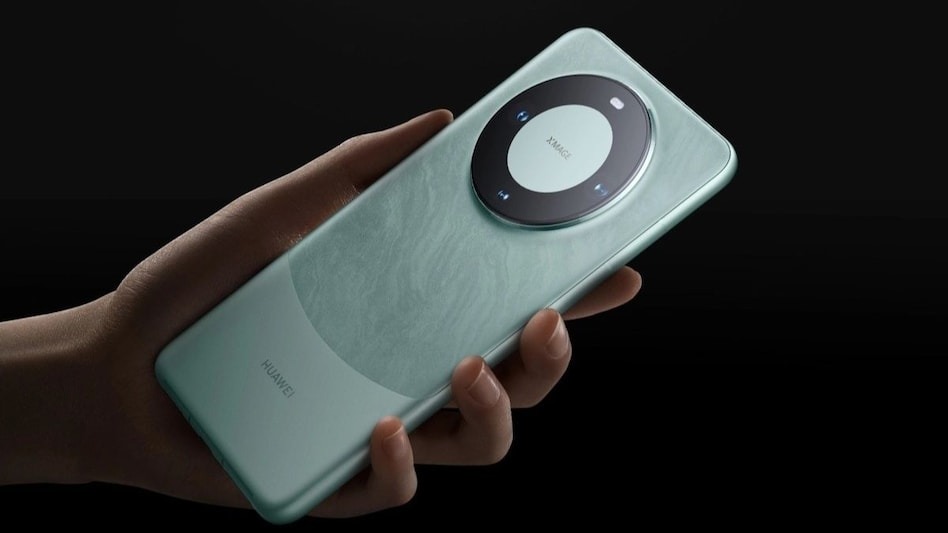Huawei – China’s leading electronics maker silently launched its flagship device – Mate 60 Pro in China a couple of days ago. Initially, it felt Huawei missed the Chipset details, but it seems the company deliberately omitted these details in the official spec sheet. Huawei even declined to comment on the details after users and the tech community asked on social media. However, the details on a launched smartphone can never remain under wraps for so long as there are multiple apps that enable users to get full hardware details of the smartphone.

Must See: Huawei Mate 60 Pro Unboxing & Hands-on: Kirin 9000s Chipset For 5G & Satellite Callings?!
A similar approach is used by the tech community to know the full specifications of the Huawei Mate 60 Pro, especially the SoC details. So, based on the benchmarking tests that users or members of the tech community performed, the Huawei Mate 60 is powered with Kirin 9000s SoC which is built by HiSilicon – Huawei’s own chip design company. The CPU bundles a 12-core design including 2x A34 cores, 6x customized A78AE cores, and 4x A510 cores.
Kirin 9000s Specs (By Consumers)
The highest clock speed reaches 2.62GHz, according to AnTuTu. Further, it houses a Maleoon-910 GPU. As per benchmarks, the CPU scored 279,677, 225,491, and 194,615 points in CPU, Memory, and UX tests, respectively. The same chip attained a 1225 single-core score and 3295 points with the multi-core test.
These details are pulled by consumers, while HiSilicon’s official website did not publish any details about the Kirin 9000s. However, Huawei’s Chip maker designed a couple of 5G chipsets earlier including the Kirin 9000 and Kirin 9000e which were built on 5nm.
In a statement, Huawei didn’t name the new chipset, instead, they covered it as the “most powerful Mate model ever”.
What’s Odd?
Such silence from Huawei on the new chipset seems a bit odd and secretive. The situation raises several questions about Why there’s no reference to the SoC, and What company is cooking behind the scenes? Is it getting really difficult for Huawei to revive its smartphone business amid sanctions by the US.
Huawei went into trouble in 2019, when the US pressed sanctions on China, and further tightened the restrictions in 2020 impacted the Chinese electronics maker a lot. The advanced ICs built by Samsung Electronics and TSMC are not in the scope of Huawei. The only company that Huawei can rely on is Semiconduction Manufacturing International Corp (SMIC) but they have the capability to produce 14nm chips, and it is quite difficult for them to import advanced chip-making equipment to China due to sanctions.
There is a possibility, that somehow SMIC made these chips, which led Huawei to embed Kirin 9000s on the Huawei Mate 60 Pro. Or is there something that we are missing? Is there any secret that Huawei is trying to hide from the users?
Huawei’s Gain
Well, whatever the reason is, the stocks of all the supplier companies that supplied parts for Huawei Mate 60 Pro are rallying. The SMIC shares improved by 1 percent and is currently selling at HK$19.22. Similarly, the IC testing and packaging firm Jiangsu Changjiang Electronics Tech gained from the Huawei Mate 60 Pro launch. Other suppliers like Japanese Murata US-based Global Foundries and several other companies are gaining momentum in the stock markets.
Such a positive development from Huawei has even boosted the market. However, it may face some supply issues for its (unclaimed) new SoC in the future as per industry specialists.
Huawei Mate 60 Pro’s early release will help the company better measure people’s reaction towards the smartphone. Additionally, the Huawei Mate 50 was launched on September 12, just after Apple’s iPhone launch, and the Mate 40 series in October. At that time, Hauwei managed to surpass Samsung’s smartphone shipments in the global market. But, due to sanctions, Huawei lost all its consumers to other 5G smartphone brands.
Huawei Mate 60 Specifications
Huawei Mate 60 Pro made its official debut a couple of days ago. It is the maiden Huawei smartphone with a satellite Calling facility. The smartphone houses a 6.82-inch AMOLED display featuring an adaptive refresh rate of 1Hz-120Hz and a 300 Hz sampling rate. The display offers a Full HD+ resolution of 1260x 2720 pixels and 1440Hz high-frequency PWM dimming. It is protected with Huawei’s 2nd-generation Kunlun Glass.
The smartphone launched with 12GB RAM and up to 1TB storage options.
In the camera department, there’s a triple rear camera module having a 50MP sensor with OIS support, a 12MP ultra-wide lens, and a 48MP telephoto with OIS having 2.5x zoom. Further, there’s a 13MP ultrawide angle lens on the front with a 3D ToF sensor.
The smartphone’s 5000 mAh battery supports 88W fast charging, 50W wireless charging, and 20W reverse wireless charging support.
The smartphone will not launch globally as per the official statement from Huawei.
(via)







